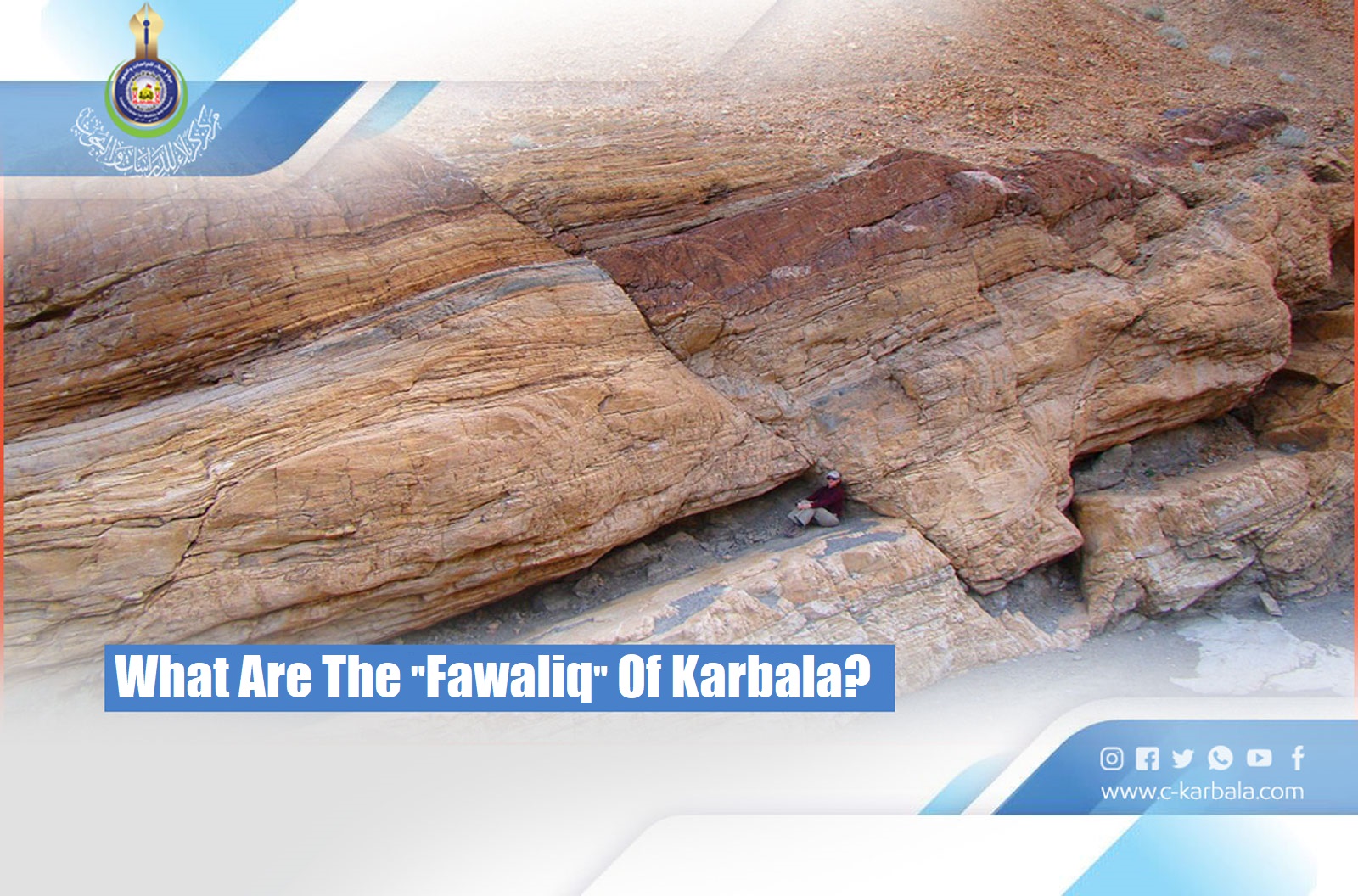The research teams dispatched by the Karbala Center for Studies and Research at the Holy Shrine of Imam Hussain as part of its efforts to study, document, analyze, and archive all the landmarks of the holy city of Karbala, stated that there are several geographical faults aka "Fawaliq" that cut across the areas covered by the study.
These faults, as they were referred to in the volumes of the "Karbala Civilizational Encyclopedia" issued by the KCSR, were included three groups according to their geographical directions, namely:
1- The faults with an “east-west” direction, which are considered the oldest faults in the region. The most important of which is the “Abyad” fault that appears in the west of the study area, then extends along the “Abu Khamsat” valley. The fault continues towards the far west to intersect with the Iraqi - Saudi borders.
2- The faults with a "North-East-Southwest", the most important of which is the "Khar" fault, which is located along the "Al-Khar" Valley.
3- The faults with a "northwest-southeast" direction, which are among the most recent faults ever. The most important of which is the "Euphrates" fault that cuts across the northeast of the study area and is located along the western side of the Bahr al-Najaf valley.
Source:
Mawsueat Karbala Al-Hadharia "Karbala Civilizational Encyclopedia".
Historical Axis, Department of Islamic History
First Edition
A publication of Karbala Center for Studies and Research
[Vol. 1, Pg. 124].

